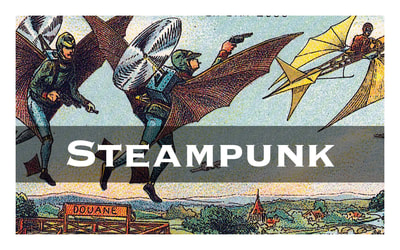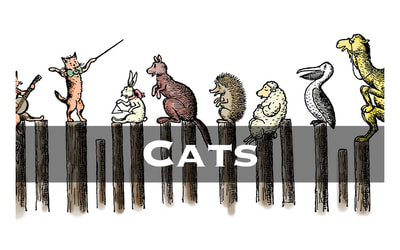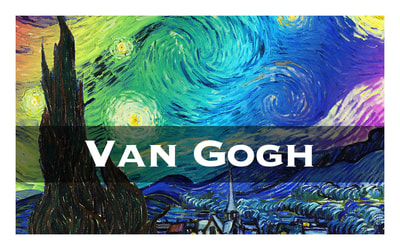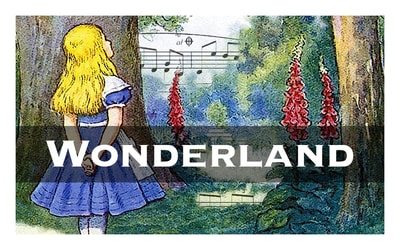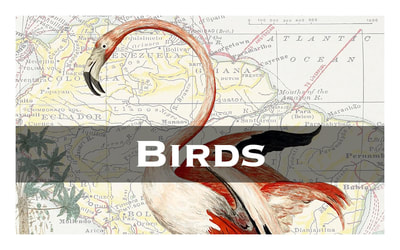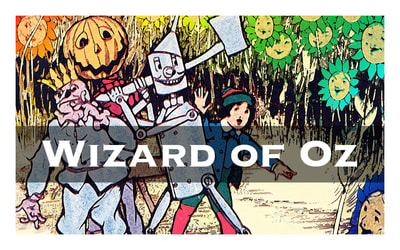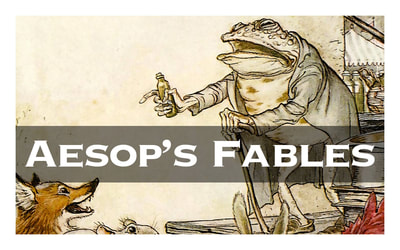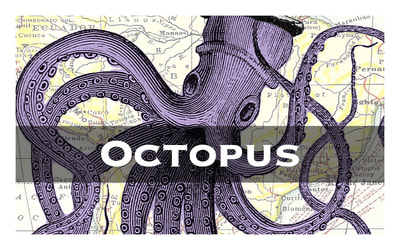The Mad Hatter's Tea Party
The Mad Hatter's Tea Party
Overlaid on encyclopedic text about the Mad Hatter's tea party
This print is part of the Wonderland Art Collection
Printed in California on luxurious, fine art, gallery quality paper.
Perfect for a dining room, living room, kitchen, bedroom, or the office. Makes a great gift too.
About
The Hatter and his tea party friend, the March Hare, are initially referred to as "both mad" by the distinctive Cheshire Cat. The first mention of both characters occurs in the sixth chapter of Carroll's Alice's Adventures in Wonderland, titled "Pig and Pepper", in a conversation between the child protagonist Alice and the Cheshire Cat, when she asks "what sort of people live about here?" to which the cat replies "in that direction lives a Hatter, and in that direction, lives a March Hare. Visit either you like: they're both mad!" Both then subsequently make their actual debuts in the seventh chapter of the same book, which is titled "A Mad Tea-Party".
Hat making was the main trade in Stockport where Carroll grew up, and it was not unusual then for hatters to appear disturbed or confused; many died early as a result of mercury poisoning. However, the Hatter does not exhibit the symptoms of mercury poisoning, which include excessive timidity, diffidence, increasing shyness, loss of self-confidence, anxiety, and a desire to remain unobserved and unobtrusive.
The Hatter and his tea party friend, the March Hare, are initially referred to as "both mad" by the distinctive Cheshire Cat. The first mention of both characters occurs in the sixth chapter of Carroll's Alice's Adventures in Wonderland, titled "Pig and Pepper", in a conversation between the child protagonist Alice and the Cheshire Cat, when she asks "what sort of people live about here?" to which the cat replies "in that direction lives a Hatter, and in that direction, lives a March Hare. Visit either you like: they're both mad!" Both then subsequently make their actual debuts in the seventh chapter of the same book, which is titled "A Mad Tea-Party".
Hat making was the main trade in Stockport where Carroll grew up, and it was not unusual then for hatters to appear disturbed or confused; many died early as a result of mercury poisoning. However, the Hatter does not exhibit the symptoms of mercury poisoning, which include excessive timidity, diffidence, increasing shyness, loss of self-confidence, anxiety, and a desire to remain unobserved and unobtrusive.
Part of the Alice in Wonderland Art Collection

